Let's get curious. A place with all kind of knowledge facts
Don't wanna be here? Send us removal request.
Photo


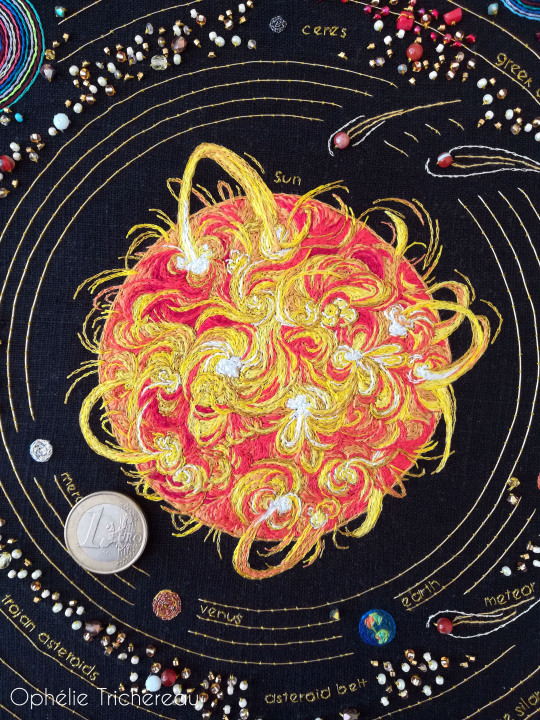
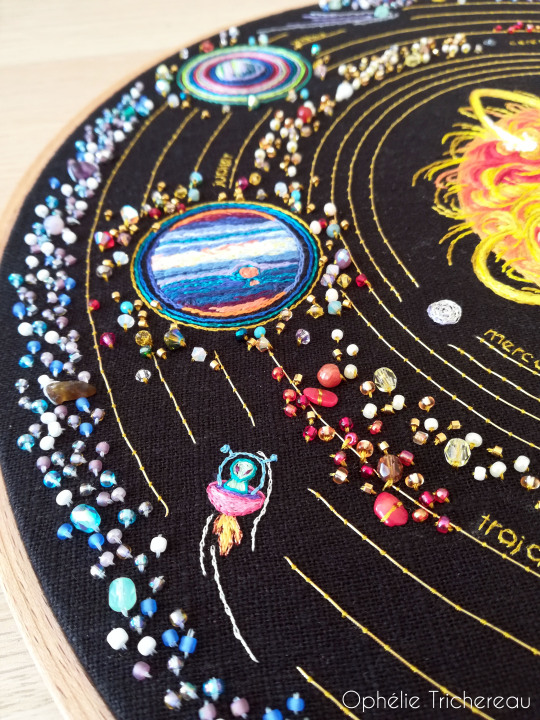
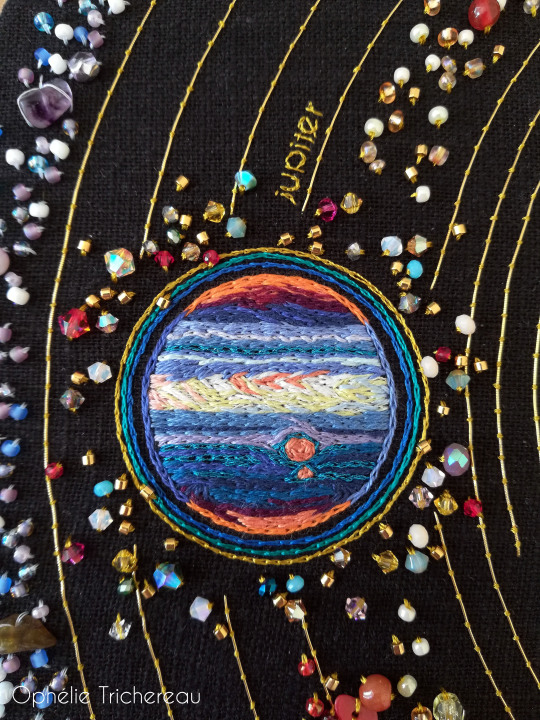
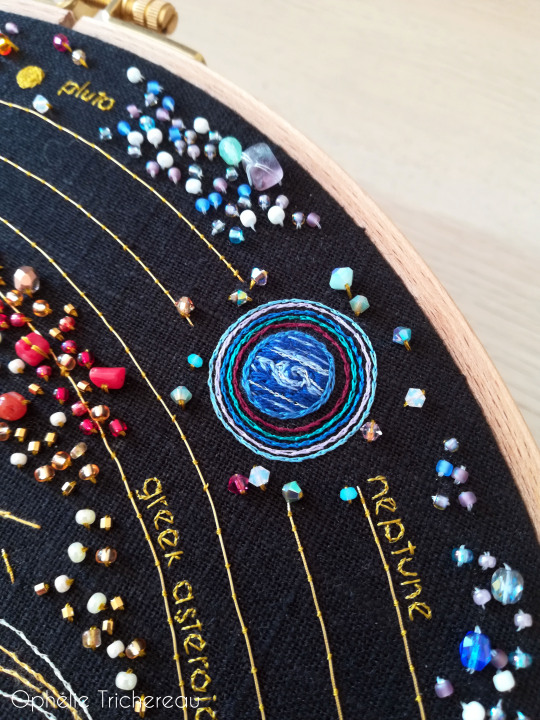
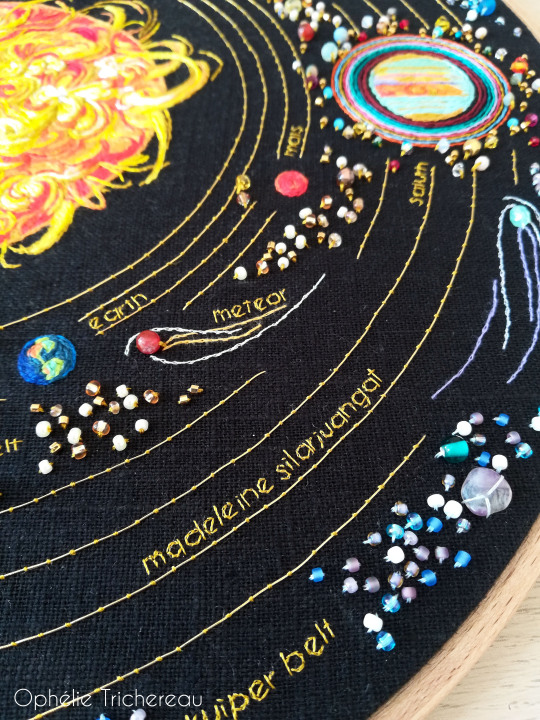

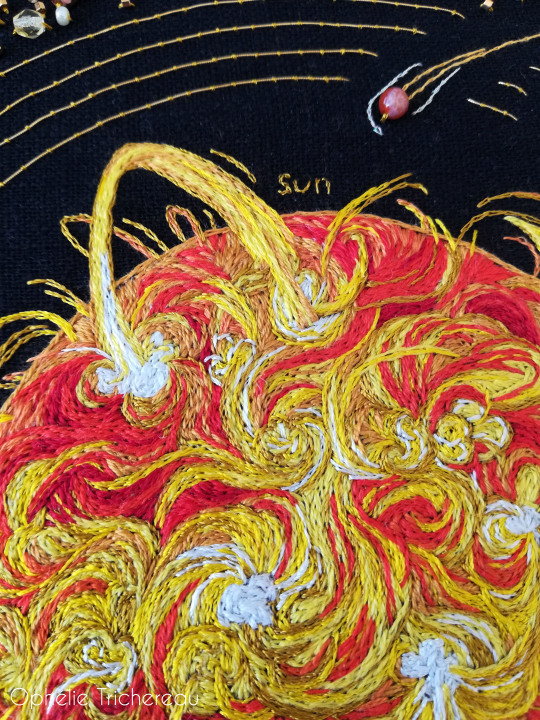

“Madeleine Silarjuangat” Solar system. Hand embroidery. Unique piece. Custom order. 32 cm in diameter. Thank you very much Kirt, I was so proud to have the opportunity to embroider the solar system for your wife’s birthday! I also love the little personalization on it with the addition of “Madeleine Silarjuangat”, which means “Madeleine’s World” in Inuit, named after your wife ❤️ DMC embroidery threads, cannetille, Swarovski crystal beads, 24k gold plated beads, stone beads and glass beads on linen. Wooden frame. My Etsy store is reopened 😀 You can now complete your purchase as usual. I also take custom orders, you can contact me by private message if you are interested. https://www.etsy.com/fr/shop/OphelieTrichereau
47K notes
·
View notes
Text
The Story of Moses' Horns (Ex. 43:29-35)

Let’s start with a debatable etymology. The Proto-Indo-European word for “horn” is “ḱerh-”; we see it in English words like “cornucopia,” “cranium,” and even “horn” itself. But it may connect even more distantly to the Semitic root Q-R-N, which also means “horn.”
Horns are a significant feature in the ancient Near East, and particularly in ancient Israel. Powerful beings were often depicted with horns, and altars often had stylized horns on their corners. We see the image often in biblical metaphor, too; for instance, Psalm 75 says, “All the horns of the wicked, I will chop off; the horns of the righteous will be uplifted.” A similar English term is “crests;” humans may not have bird crests, but we can still be crestfallen.
Now we turn to Moses. There’s a curious little story about him in Exodus 34:
When Moses descended from Mount Sinai (the two tablets of the covenant were in Moses’ hand when he descended from the mountain), Moses did not know that the skin of his face was qaran from talking to [God]. Aaron and all the Israelites saw Moses, and — look! — the skin of his face was qaran. And they were afraid to approach him.
But Moses called to them, so Aaron and all the leaders of the community returned to him, and Moses spoke with them. After that, all the Israelites approached, and Moses commanded them everything that YHWH had told him on Mount Sinai.
Once Moses finished speaking with them, he put a veil on his face. When Moses went before YHWH to speak with him, he removed the veil until he left; when he left to tell the Israelites what had been commanded, the Israelites could see Moses’ face, that the skin of Moses’ face was qaran. Then Moses returned the veil to his face until he went to speak with him.
So what does qaran mean? We know that it’s a visual effect, that it’s terrifying to the people around him, and that it’s etymologically connected to horns. One ancient line of thought interprets this as a glorification (e.g. the ancient Greek translation “δεδόξασται ἡ ὄψις τοῦ χρώματος τοῦ προσώπου αὐτοῦ,” “the complexion of his face shone”) — which is not totally implausible, since horns were associated with glory and pride. Conversely, the Latin scholar Jerome translated it literally as “cornuta esset facies sua”: “his face had horns.” Since his Latin Vulgate was the official Catholic Bible for centuries, this translation influenced many works of art, including Michelangelo’s famous statue of Moses. (It may also have influenced the pernicious anti-Semitic rumor that all Jews have horns.)

My own preferred interpretation focuses on the fact that Moses’ skin is qaran. Why would Moses’ skin become horned? Because he has just returned from an encounter with God, who appeared “like a devouring fire.” Moses has essentially been “supernaturally sunburned,” his skin charred and spiky from his time in the presence of a fiery deity.
But regardless of the true meaning of qaran, Moses’ “horns” represent an important moment for disability studies in the Bible. Moses’ disfigurement means he requires the use of assistive technology in order to interact with his peers, yet (just like his speech impediment!) it does not disqualify him from his important role as Israel’s leader and the mouthpiece of God.
117 notes
·
View notes
Text



I love this post so much! It were not the tea bricks tho that were tossed into water during Boston Tea Party.
https://www.bostonteapartyship.com/tea-blog/was-brick-tea-tossed-into-boston-harbor
#history#boston tea party#boston#tea#sons of liberty#tea act#british east india company#china#colonialism#american revolution
5 notes
·
View notes